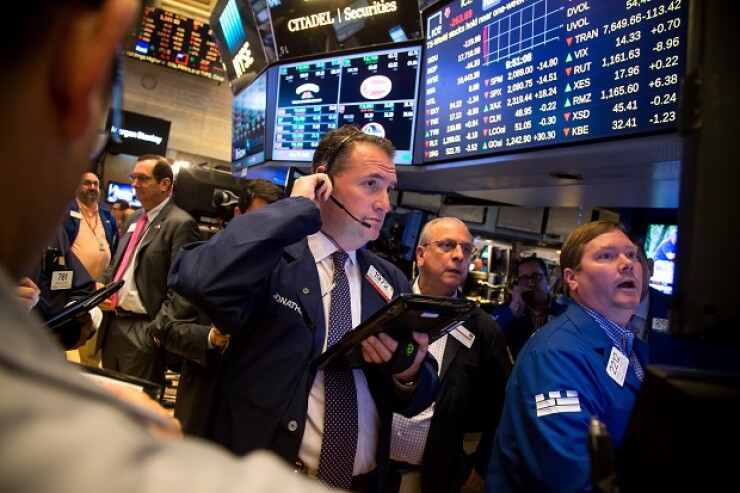
(Bloomberg) — Investors are growing tired of commodities after plowing in the most money in seven years.
Inflows into raw materials slowed to $2.4 billion in July, the least since money was withdrawn in December, Barclays said in a report Thursday. The smaller amount — not unusual for this time of year — took investment to almost $51 billion so far in 2016, the most since 2009.
There’s a good chance raw-materials interest has peaked, as it has largely been driven by investors seeking a haven in precious metals, signaling wider concerns about commodity fundamentals, Barclays said. Still, while prices have dropped more than 20% in the second half of the past two years, they won’t perform as badly this time round. That’s partly because oil will climb as supply cuts help erode a glut, according to the bank.
"Usually in the second half, commodity prices have tended not to perform very well," Kevin Norrish, managing director for commodities research at Barclays in London, said by phone. "They won’t perform nearly as badly as they have in the last two years."
The Bloomberg Commodity Index of 22 raw materials has gained 6.9% this year as mining companies cut output, while gold and silver jumped on demand for a store of value and alternative to currencies. In the previous five years, the gauge lost about 3% in the first half and 11% in the second.
There’s another sign money managers are losing interest. After reaching a two-year high in June, hedge funds and other speculators cut their net-long position across 18 commodities by 38%, U.S. government data compiled by Bloomberg show.
The way investors are trading commodities seems to be changing. Individual exchange-traded products, particularly for precious metals and oil, have become more popular than indices, according to Barclays. The bank tracks flows into ETPs, index swaps and medium-tern notes.
Investors "are much more tactical compared to 2009-10, when it was about investing for the longer term," Norrish said. "The balance is shifting already, and the return generation, which is what attracted tactical investors, won’t be nearly so attractive" in the second half, he said.





